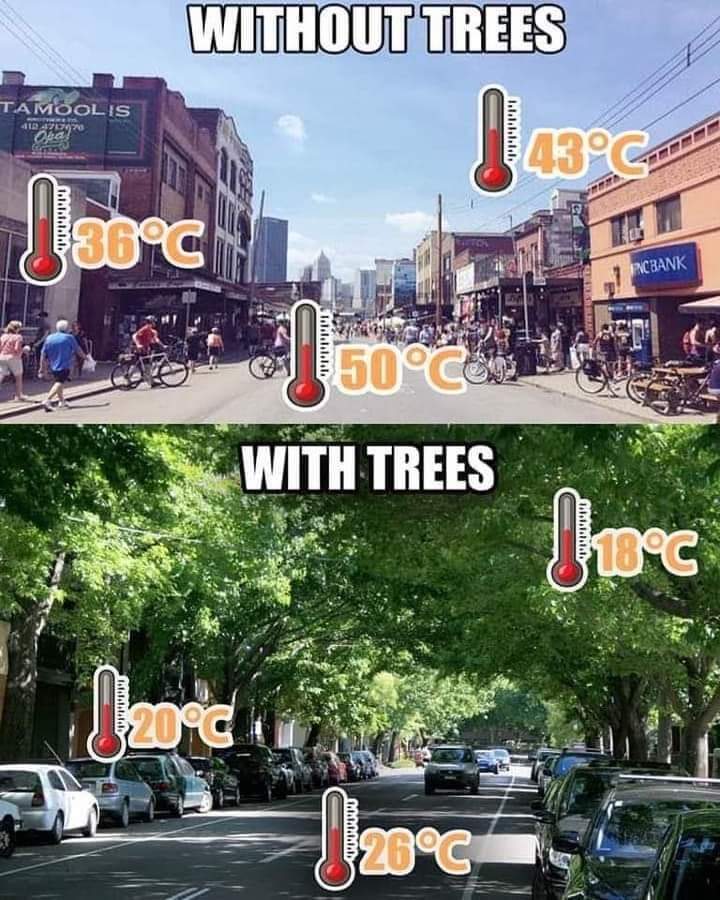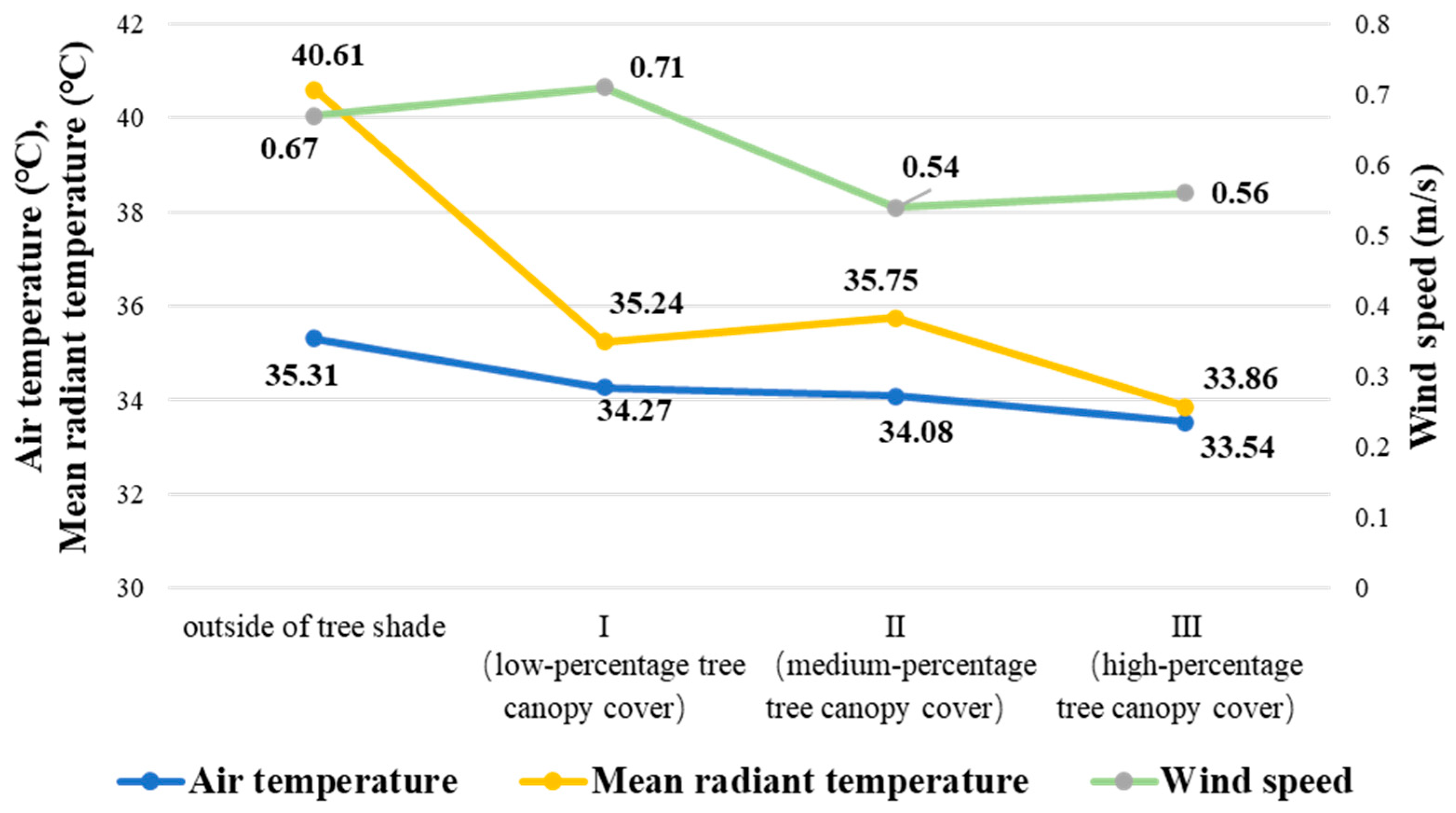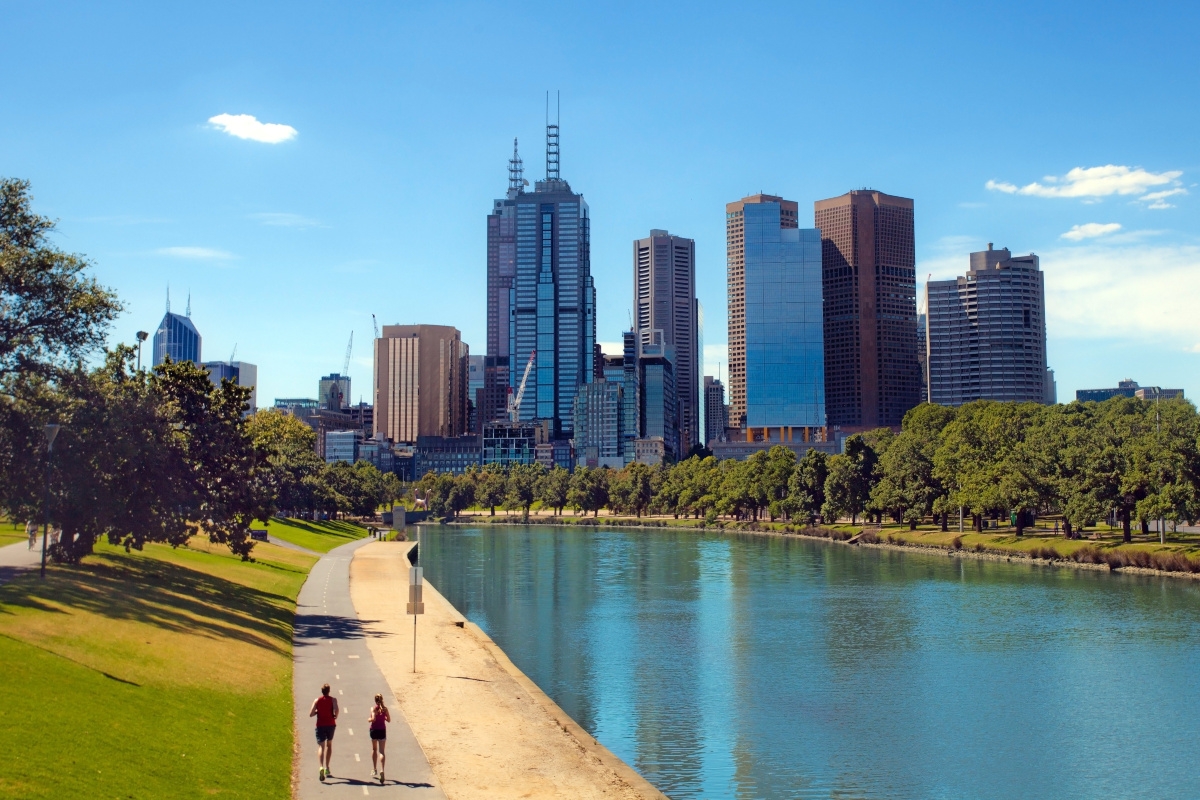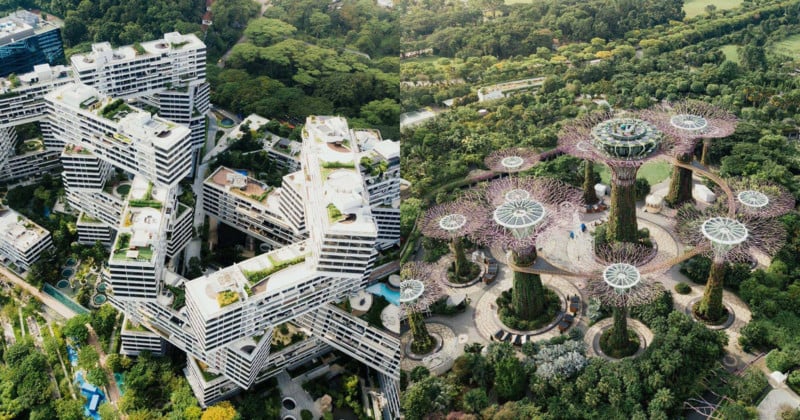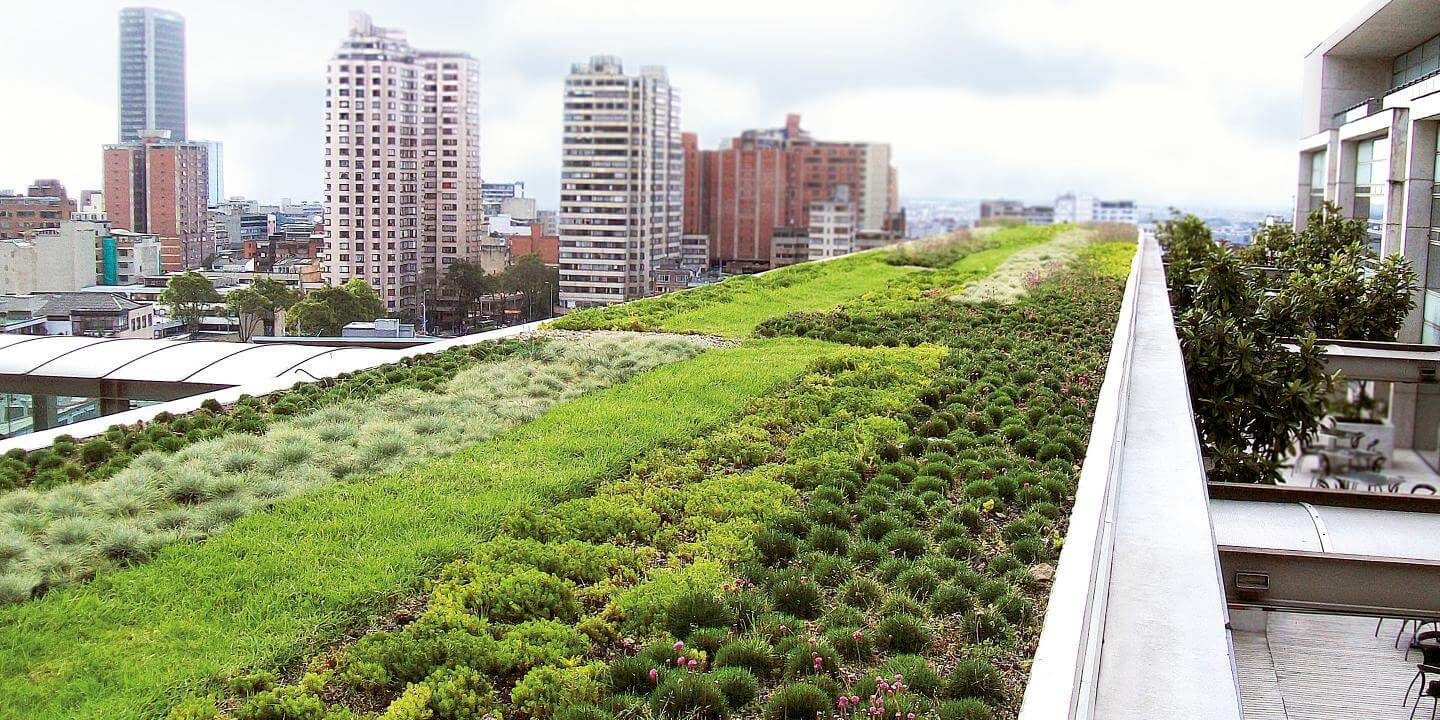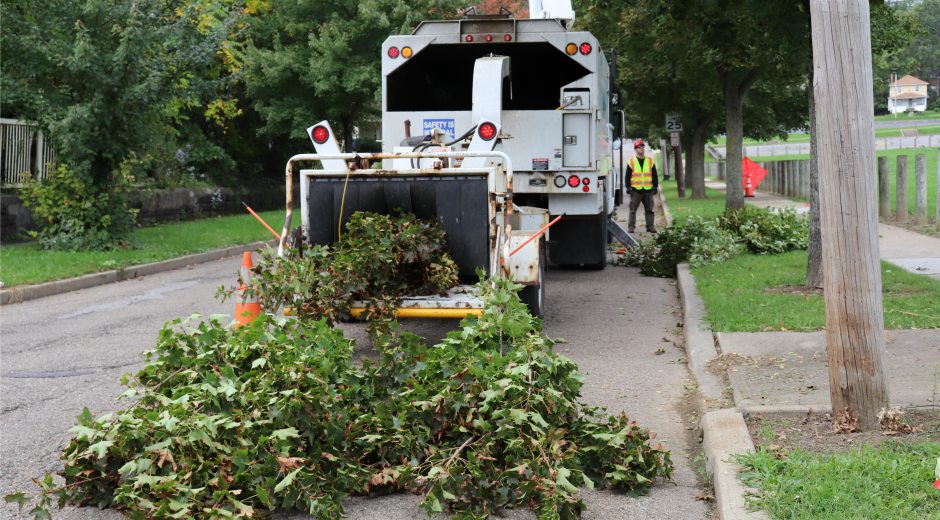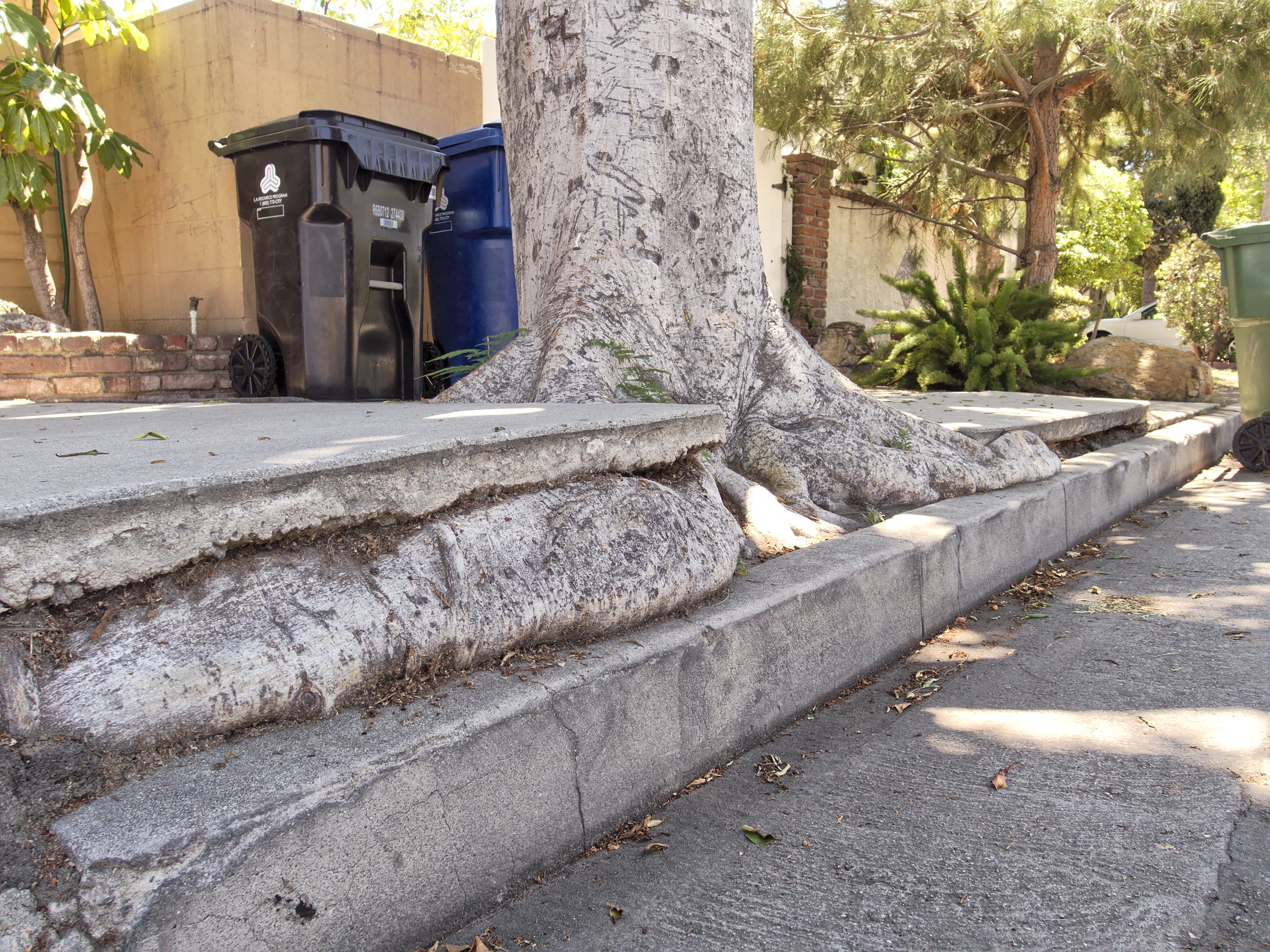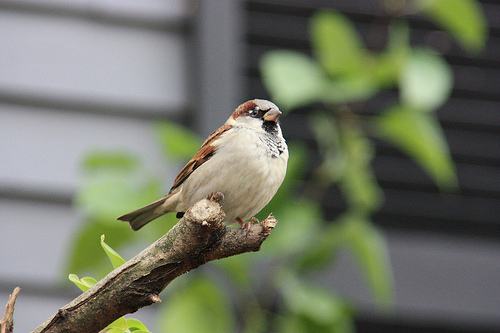A Gentle Giant in Chapel Hill
Welcome to McCorkle Place in UNC, where the Davie Poplar— a breathtaking tulip poplar tree— stands tall, whispering secrets and tales of bygone eras. Named to honor William Richardson Davie, a Revolutionary War general and the university’s founder, this tree is more than just wood and leaves; it’s a living piece of history, estimated to be between 300 to 375 years old!

The Myths and Realities of Davie Poplar
When the plans for UNC were being concocted in 1792, Davie Poplar had already established itself as a landmark. Rumors swirled that Davie himself picked the university’s location after enjoying a pleasant summer lunch beneath this majestic tree. However, history tells us that this charming tale isn’t true; UNC’s location was actually selected by a six-man committee, and the tree earned its name from Cornelia Phillips Spencer in the late 1800s to honor the enduring, albeit fictional, story.
Preservation: A Symbol of Eternal Vigor
The legends around this tree are many, but one has particularly shaped its history. It’s said that the fate of UNC is intertwined with that of Davie Poplar; the university will flourish as long as the tree stands. Naturally, preserving this tree has become a symbolic mission. After lightning struck it in 1918, UNC went to great lengths to save it, grafting a new one called Davie Poplar Jr. Later on, a second Davie Poplar Jr. found its home near Hinton James Hall, and another offspring, Davie Poplar III, sprouted from the seeds of the original.
In efforts to extend the life and stability of this iconic tree, substantial preservation measures were undertaken. In 1953, a steel band was applied to Davie Poplar to facilitate cables anchoring it to surrounding trees, providing added support. Additionally, the tree’s base was filled with concrete to reinforce its stability.
However, it’s crucial to note that such a method—filling the base of a tree with concrete—is now considered antiquated and can be detrimental to the tree’s health, according to modern arboricultural practices. Present-day tree care emphasizes more holistic and tree-friendly approaches, focusing on maintaining the natural integrity and health of the tree without causing additional harm or stress. These practices aim to foster the tree’s longevity and well-being while respecting its natural biology and ecology.
A Gift to the Future
In 1993, as part of UNC’s bicentennial celebrations, 100 children across North Carolina’s 100 counties received seedlings from Davie Poplar. The locations of these offspring are mostly unknown, but one thrives in front of Table Rock Middle School in Burke County.

Surviving Against All Odds
Our beloved tree has seen its share of challenges. It suffered damages during Hurricane Fran in 1996 and even withstood an intentional fire and a small explosion in 2017, resulting in minor injuries to a brave soul who attempted to extinguish the flames.
The Living Legacy
The Davie Poplar isn’t just a tree; it’s UNC’s guardian, a living, breathing emblem of our shared histories, and a symbol of resilience. It continues to share its stories and stand tall, weaving its legacy into the fabric of UNC and inspiring us to respect and protect the rich natural heritage we are privileged to enjoy.

Next time you find yourself wandering around UNC, perhaps you might want to stop by and share a quiet moment under the whispering leaves of Davie Poplar. Who knows what tales it might share with you?



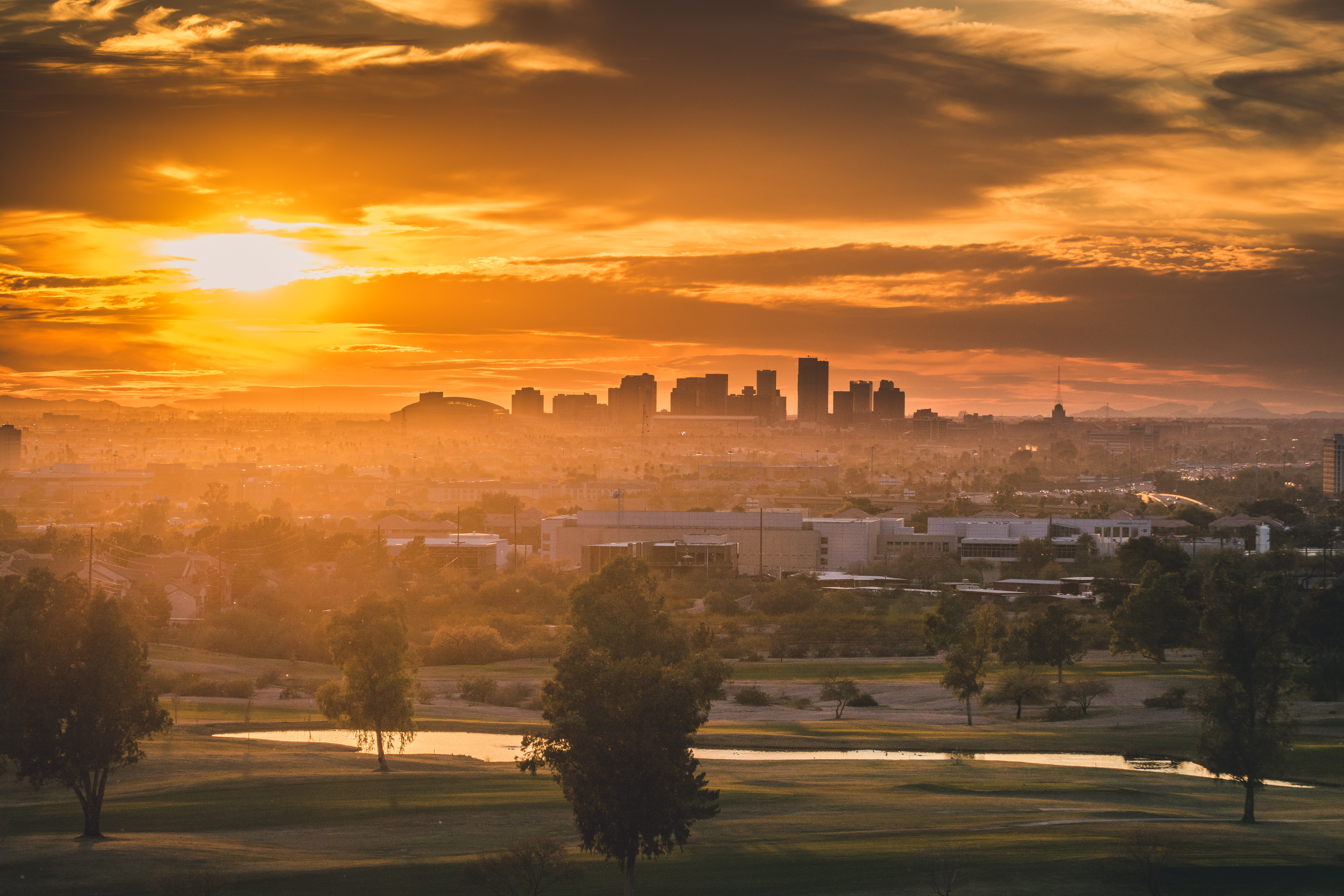
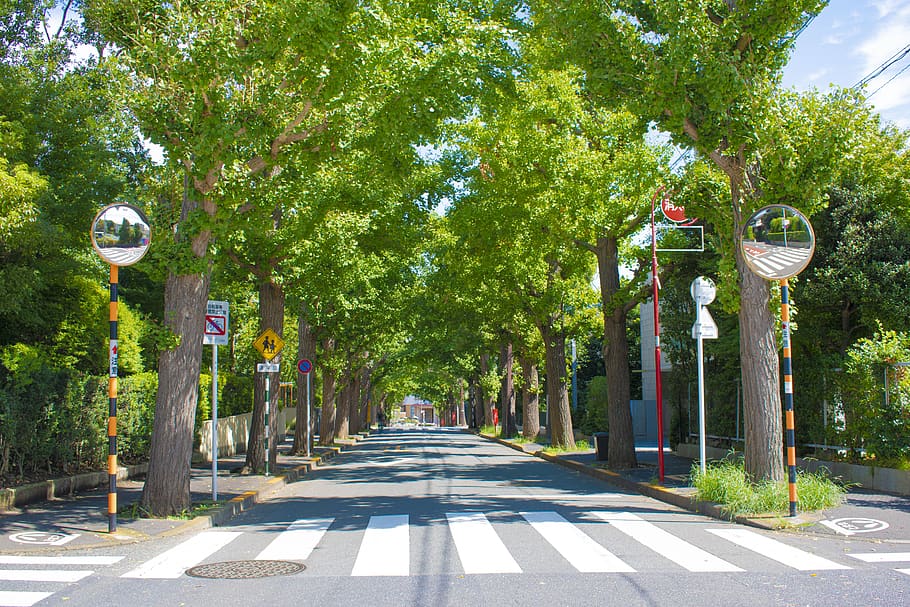


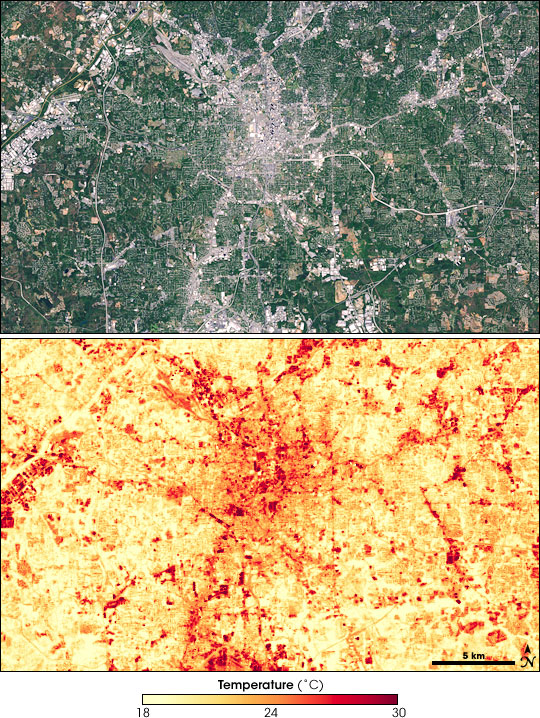
:format(webp)/cdn.vox-cdn.com/uploads/chorus_image/image/56814733/shutterstock_262710809.13.jpg)

